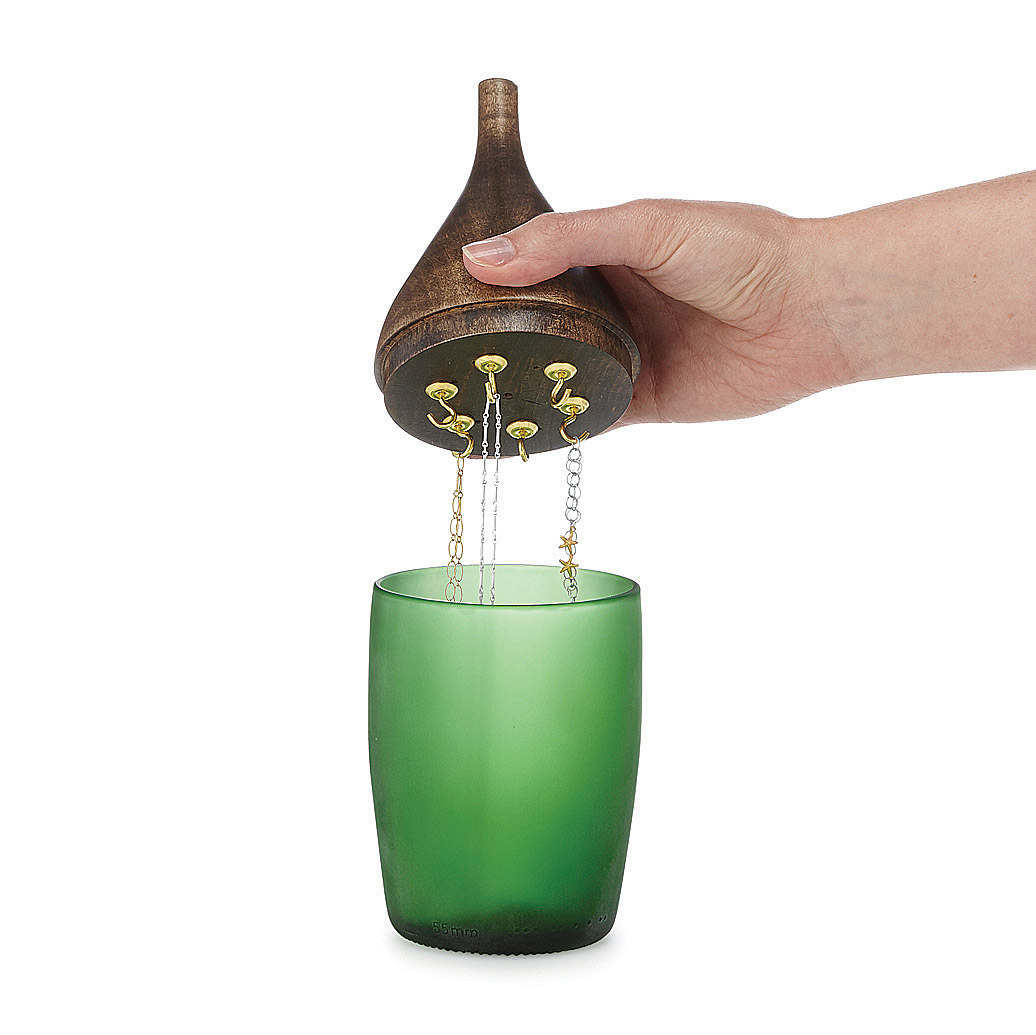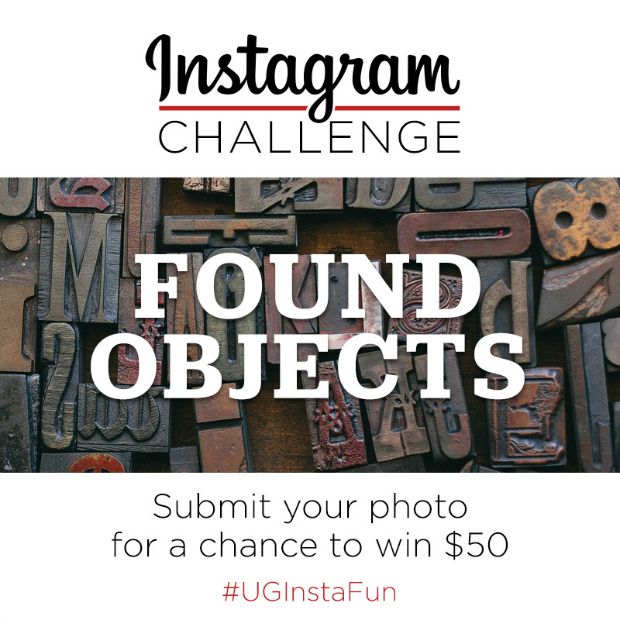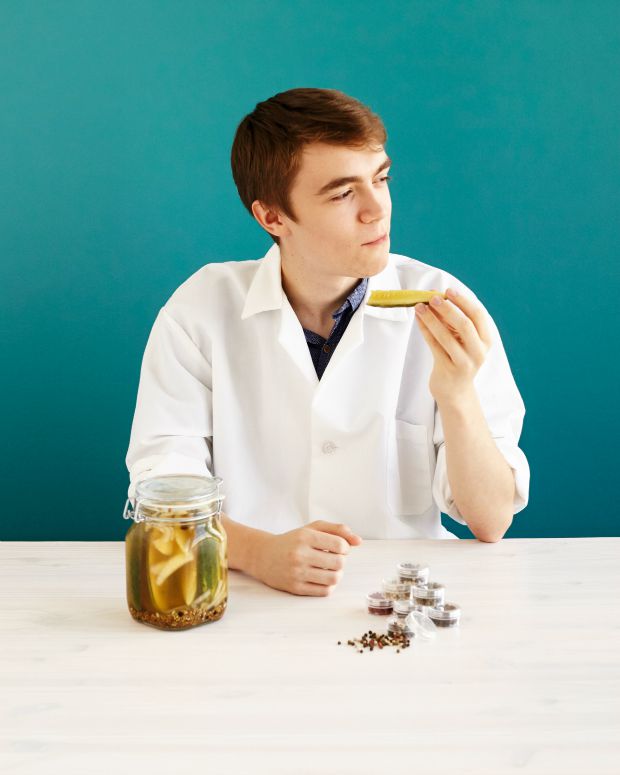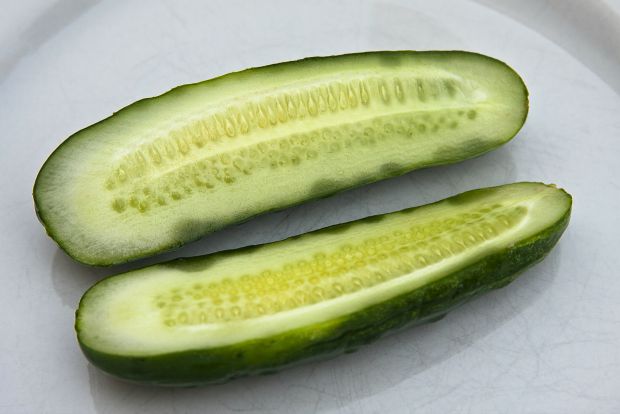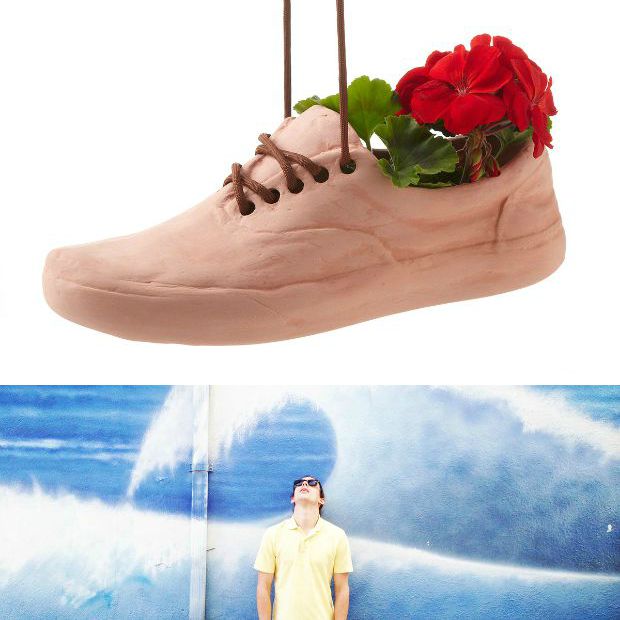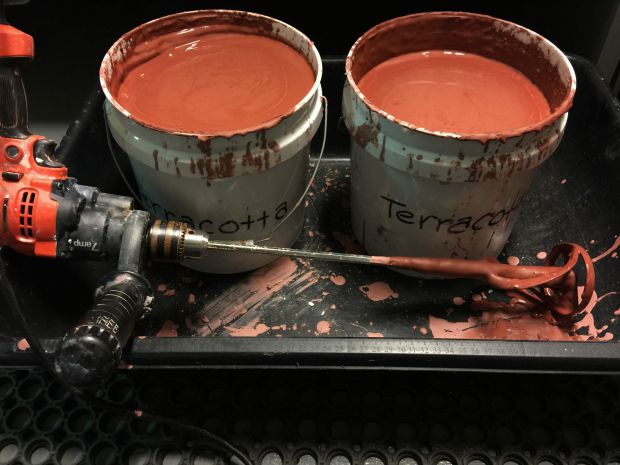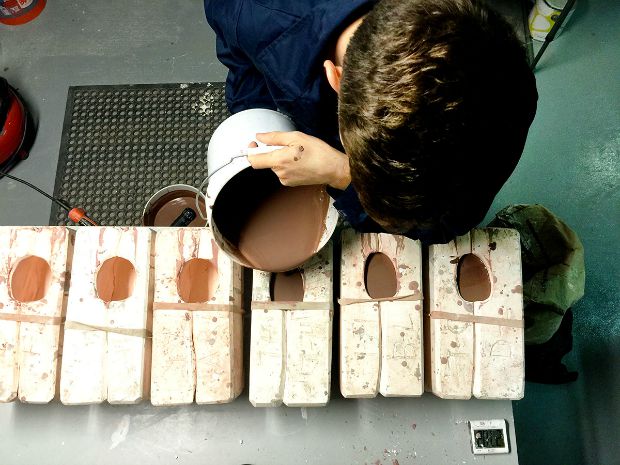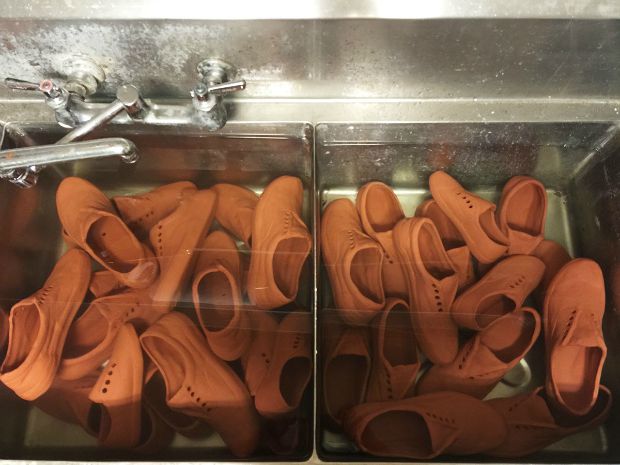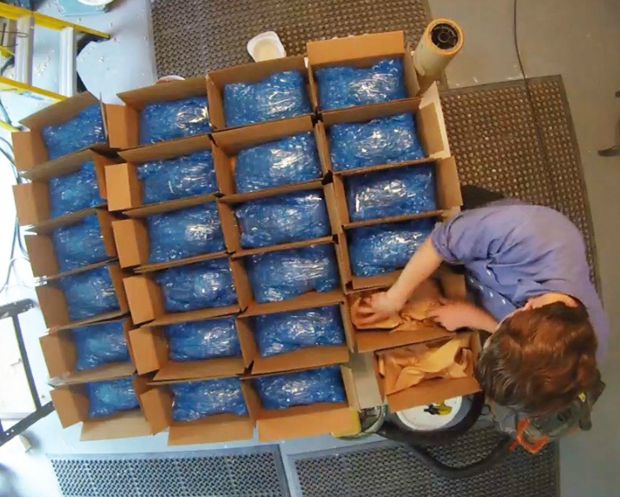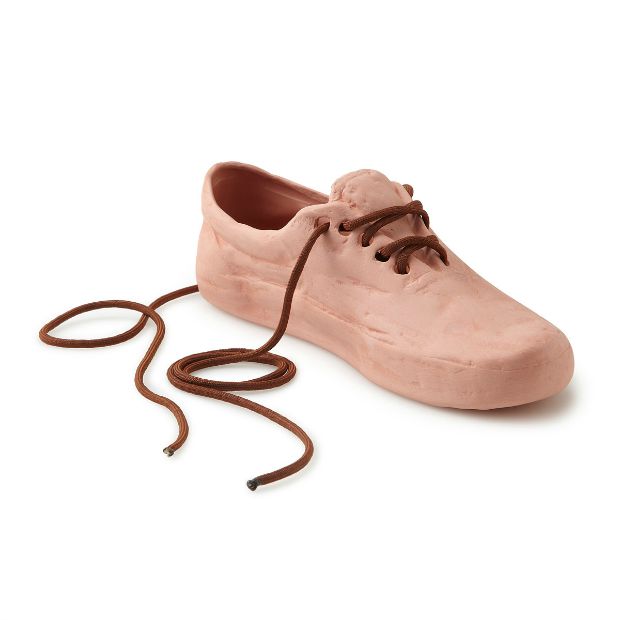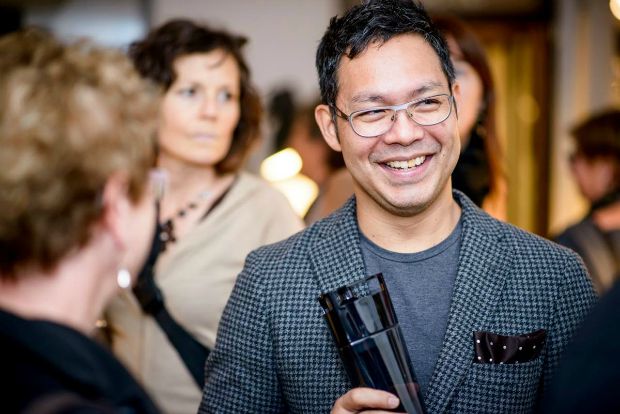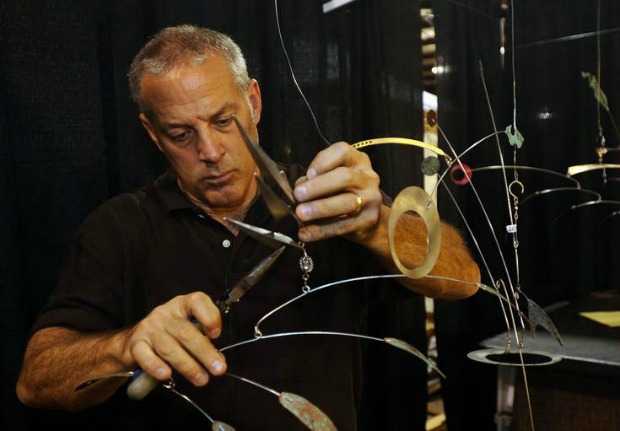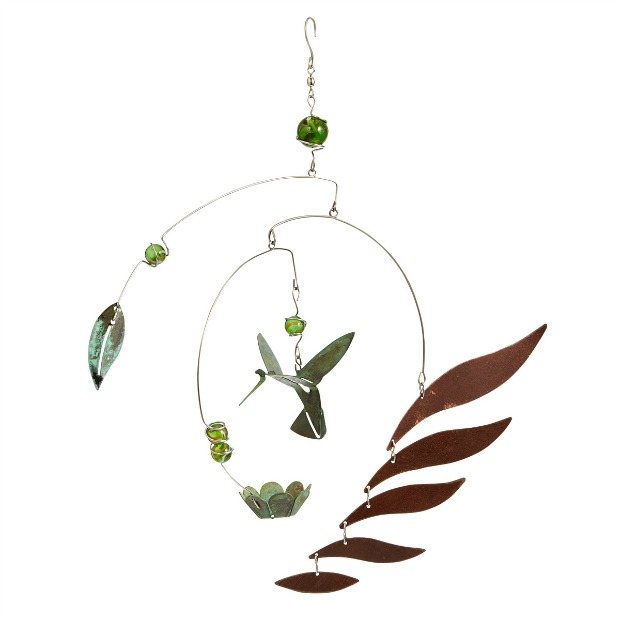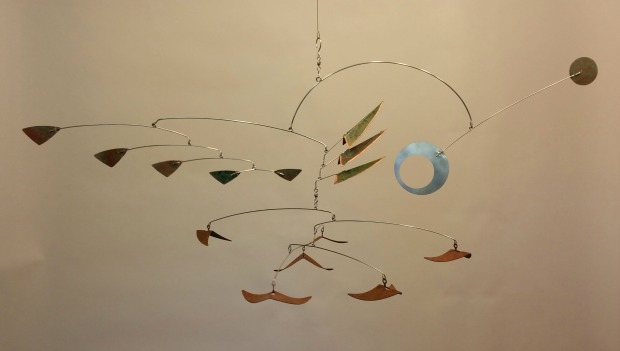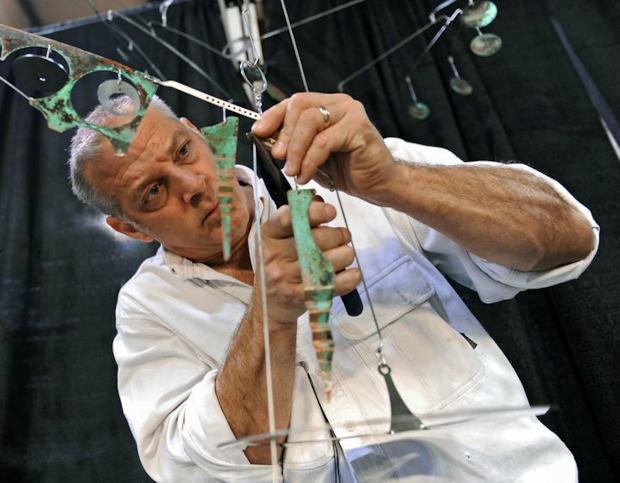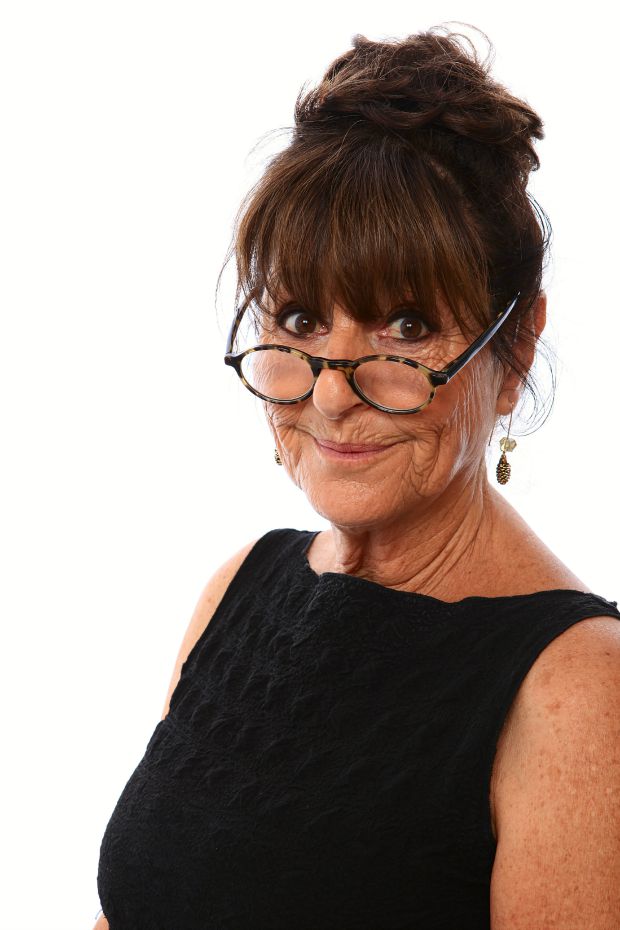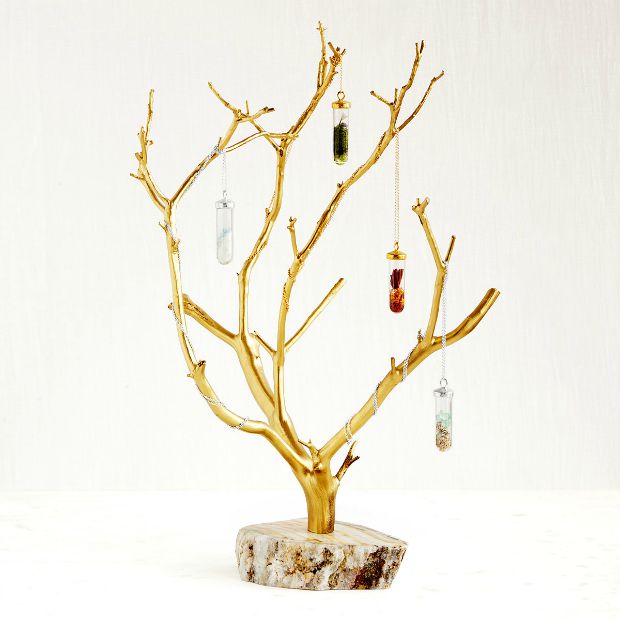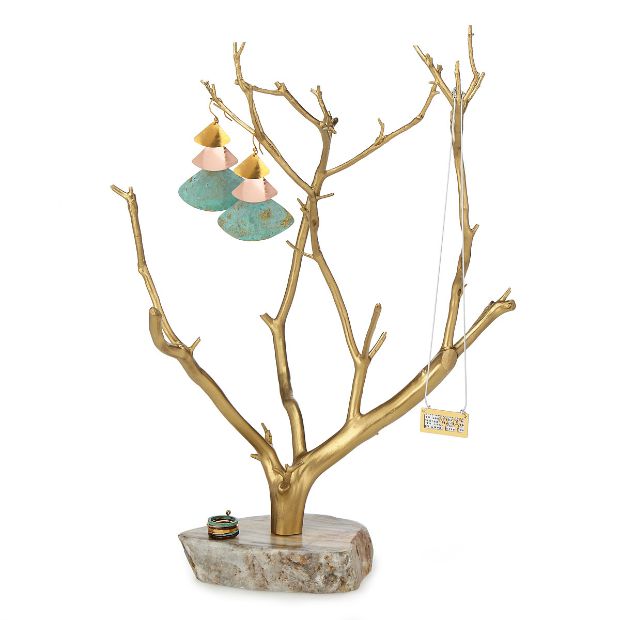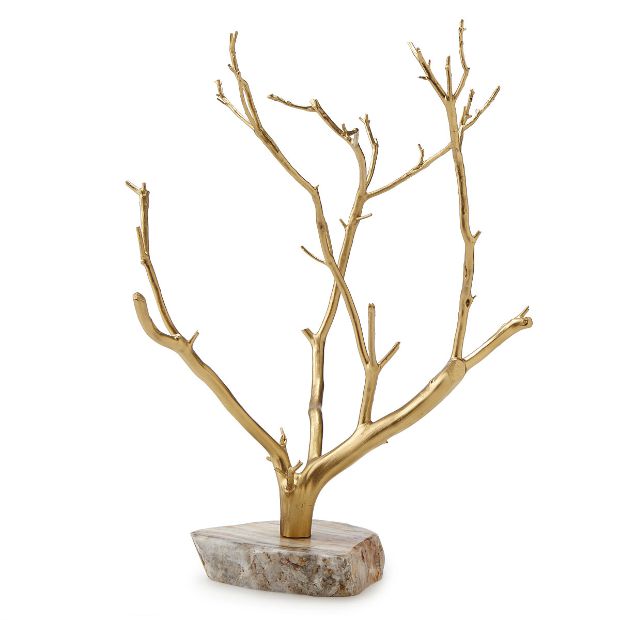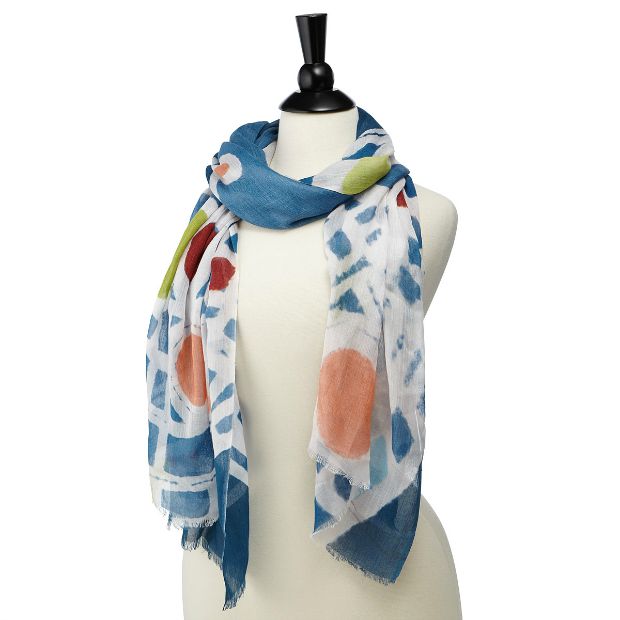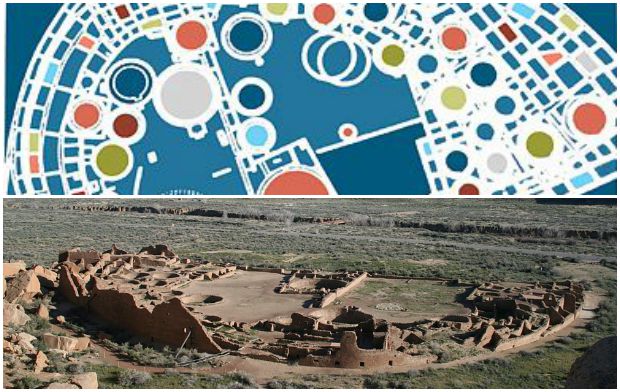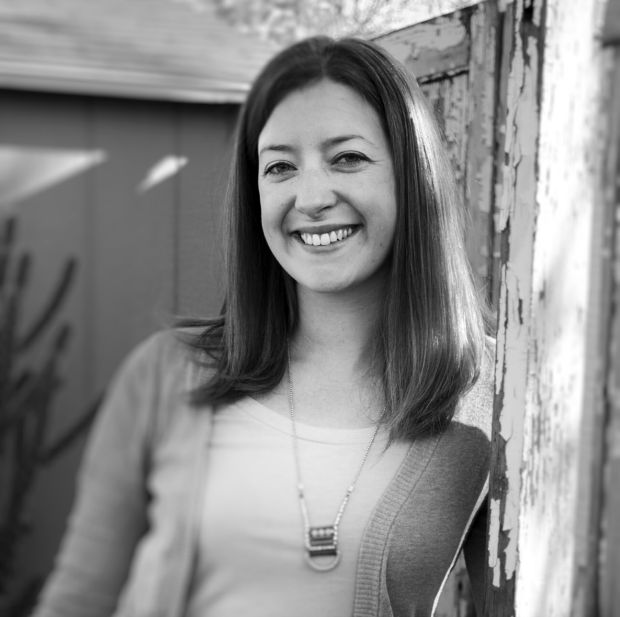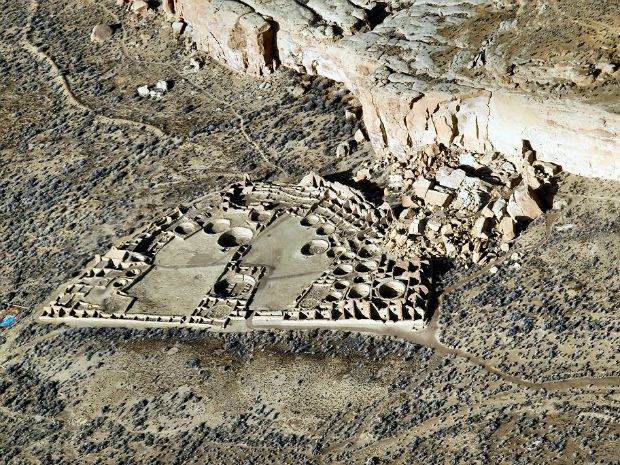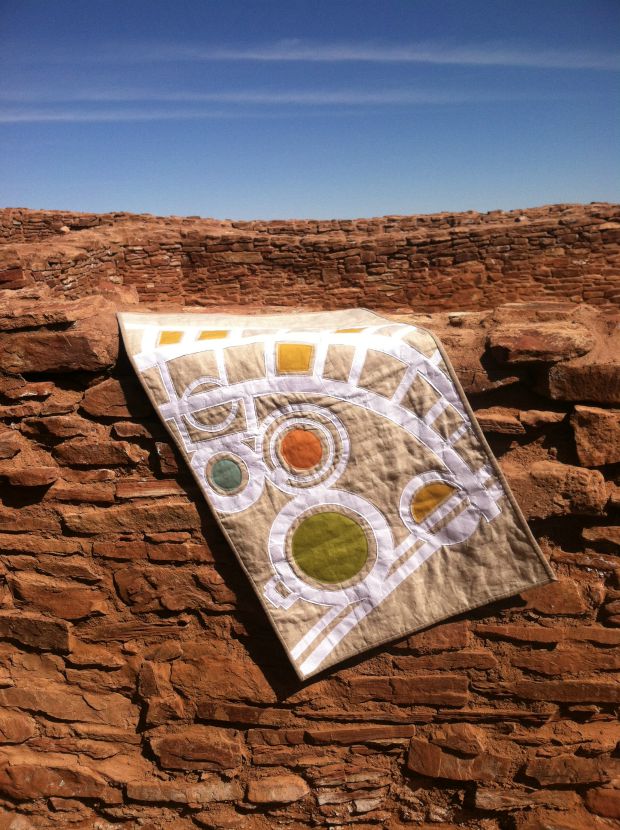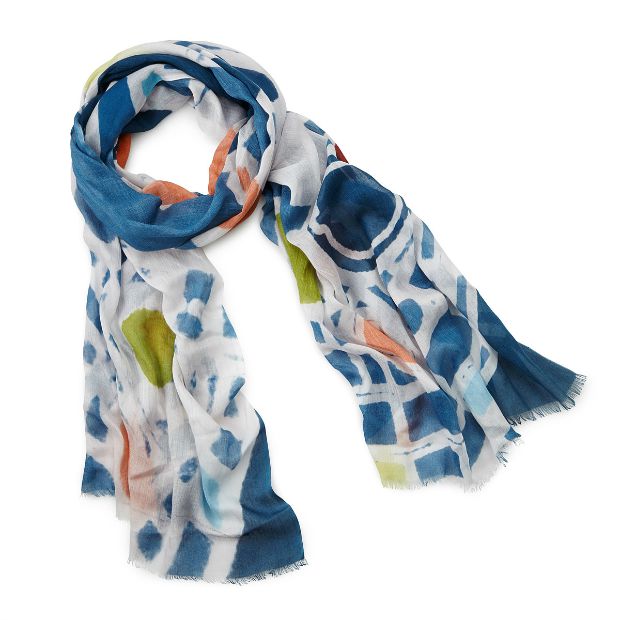UncommonGoods is excited to unveil what we’re proud to call the Uncommon Collection – an assortment of some of our very favorite offerings that fully embody our core values. Each week we introduce new artists in our This Just In-spiration series, but we’re happy to give a special introduction for one of the artists helping us grow this collection of truly uncommon designs.
In meeting our five key standards, all designs featured in the collection are original and demonstrate exceptional ingenuity, while makers adhere to responsible business practices and leave a minimal footprint on our environment. What makes an artist’s design special and motivates them to have a positive impact on the world is certainly worth sharing. Meet Andrea Panico, the maker behind Jewelry in a Bottle, exclusively at UncommonGoods.
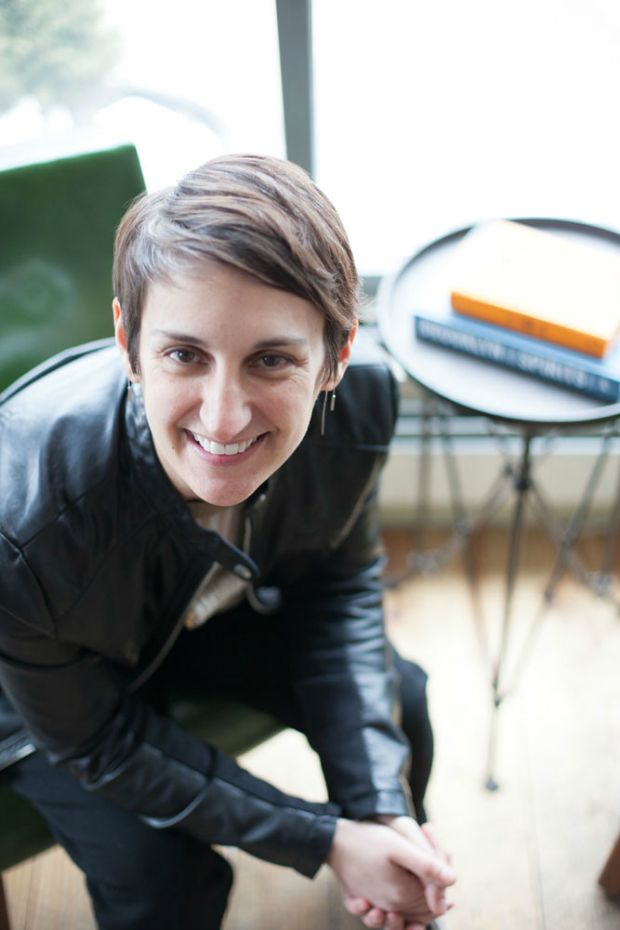
When did you know you wanted to be an artist?
I’ve always had creativity running through me. My mom was an art teacher and my dad a biology teacher-turned school principal. So I sort of had the yin and yang of influences. I wrote poetry as a kid and played piano (by ear) starting at age 5. But I never thought I wanted to work in a creative field. I planned to be a doctor, even all the way through my undergraduate degree! It took me applying and not getting accepted to medical school to think about what I was meant to do and what was important to me. After getting a job at an architecture firm, everything clicked for me. I knew I was in the right place. At that point, I started taking foundation design classes and then eventually got my masters in Industrial Design at Pratt.
What was the most exciting thing about becoming a professional artist?
Everyone says it’s important to do what you love and I believe that’s true. There are so many other things that influence our day – office interactions, family obligations, even the weather – so having a baseline of truly enjoying your work and your process helps provide balance. I have worked for quite a few designers, and that can be a huge challenge. So even more exciting than becoming a professional designer was starting my own business, when I finally had the opportunity to chart my own course.
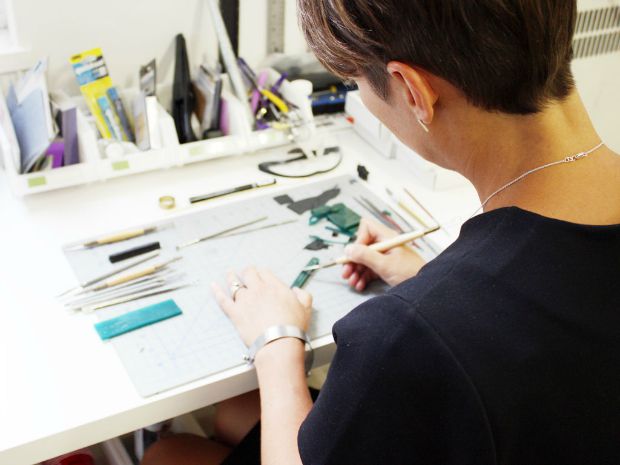
What does your typical day in the studio look like?
Typically, I attack the “to-do” list I’ve made the night before. ( It seems like all my urgent emails come in after I leave!) I also often straighten up my space. I’m a firm believer in “everything in its place and a place for everything”. I can think more clearly when there’s not too much visual clutter around me. After that, we deal with any retail or wholesale orders, getting them ready for shipment. The rest of the day is reserved for whatever project is most pressing at the moment – whether preparing for a show, designing new products for our jewelry line, or working on the many additional design projects we do here. My day typically ends with a stop at the UPS store, where I ship our orders.
Is there a trinket, talisman, or other inspirational object you keep near? If so, what is it and what does it mean to you?
I have pictures of my kids on my computer screen. It helps to see them, to jolt me back into “full person” mode. It’s easy to get pulled strongly into whatever project is at the top of the to-do list. For the same reason, I keep a piece of Desert Jasper on my desk. It’s a beautiful rough stone believed to bring a sense of tranquility and wholeness and to balance physical, mental, and emotional bodies. It also stimulates creativity and imagination, which a designer always needs!
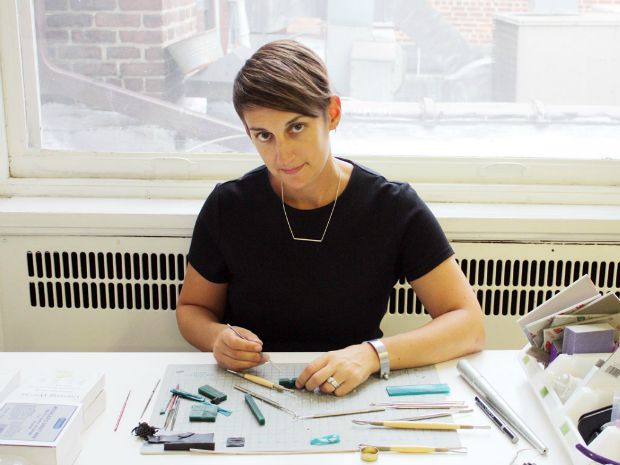
Did anything in particular inspire your design?
Most of my designs are inspired by architecture, or great buildings. I am a minimalist and like the objects I have in my home to be clean, simple and multifunctional. This jewelry holder was inspired by the idea that what we use to store our jewelry should be as nice as the jewelry inside! I wanted something more than a “box” that also functioned and kept the jewelry from becoming tangled.
Imagine you just showed your work to a kindergartener for the first time. What do you think they would say?
I have a first grader and she usually says everything is “beeeeaaaaaauuuutiful.”
What quote or mantra keeps you motivated?
“Though we travel the world over to find the beautiful, we must carry it with us or we find it not”
Ralph Waldo Emerson.
Why is sustainability important to you?
Having worked in architecture and design firms before starting my own design company, I learned about sustainability as it pertained to large scale multimillion dollar projects. At the scale of a building, or buildings, the choices we make as designers have such visible impact on so many levels. I think small businesses may think they are too insignificant to have an impact, but I believe every little bit counts. In my design process, I try to create pieces that will endure and that will be handed down as heirlooms. We have enough mass market companies making “throw-away” products – my goal is to have people enjoy what they buy from me for years to come.
In what ways does your design reflect social and environmental best interests?
The ecosystem of my typical design and production process involves quite a few moving parts, and I regularly review that system to see where I can do better. Whether it’s shipping logistics, material usage, or how my team is set up or costing, all the factors get reevaluated. For the most recent design I did with UncommonGoods, we used recycled bottles in combination with wood for our jewelry holder. We worked with existing bottle sizes and designed around that, fitting the lid design in with these constraints. The idea for this piece came from a design in my own line, and we were able to make it less expensive AND in a more environmentally conscious way. Superb!

